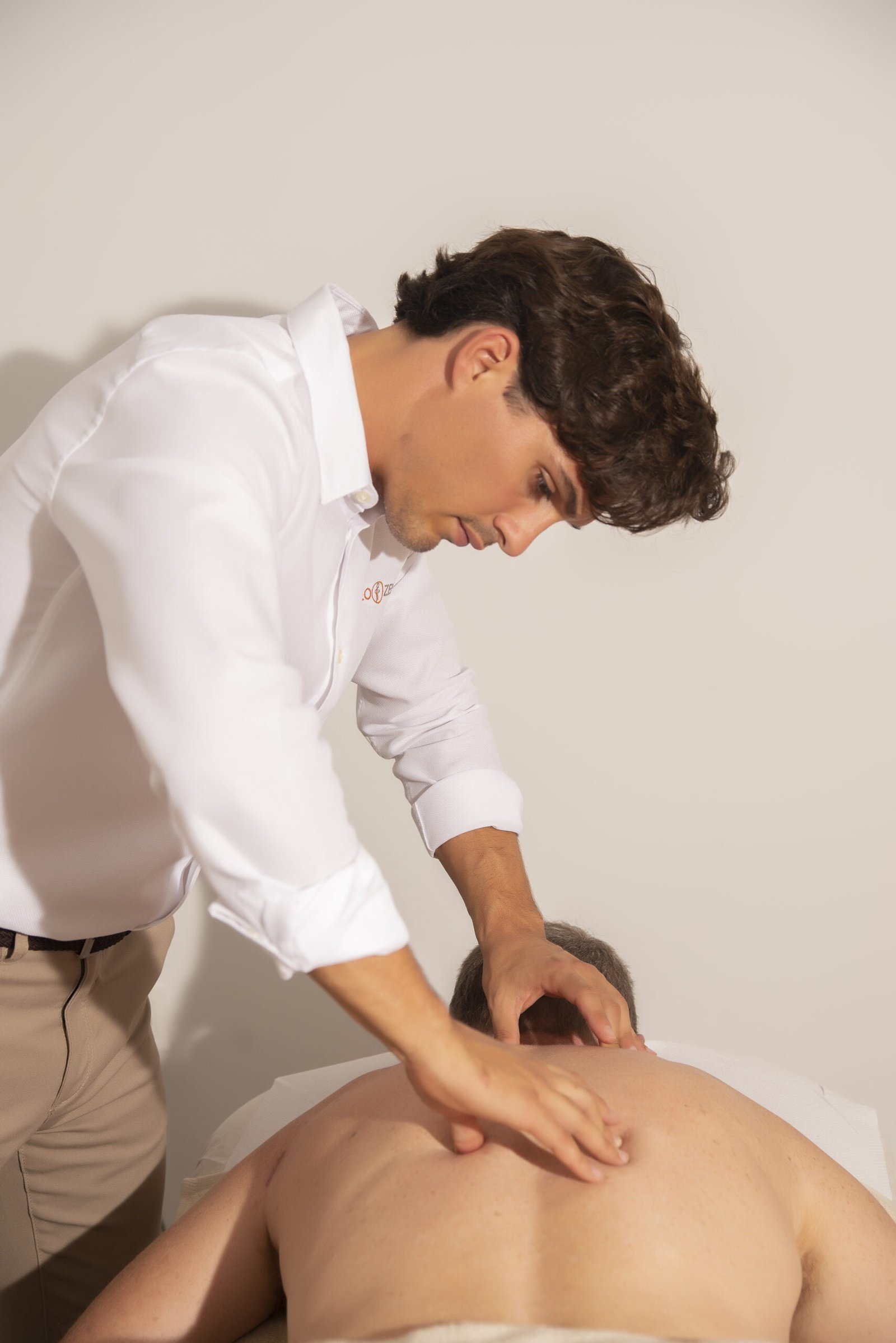
Osteopathy
Modern osteopathy is continually evolving in response to all the scientific research and development behind it. However, as osteopaths develop their clinical expertise, their style of treatment will evolve towards a more personalised view of how our bodies work and how to treat the various dysfunctions that affect our bodies.
There are various styles of osteopathic treatment and while some osteopaths will have a holistic view of all of them, others will concentrate on only one or two. In the case of our main osteopath - Moisés Ferrández - he has studied each of the different styles and uses them in integration, depending on the dysfunctions that each patient may present.
Paediatric Osteopathy
Osteopathy recognises the very particular stresses that children experience in the body as they grow and has different approaches to work at each stage of their development.
Children are very active and experience different types of stress, from birth trauma, the various falls and accidents common in the early years, to the growth spurts of adolescence, illness or sports injuries. These can interfere with their normal development and cause stiffness or pain in certain parts of the body.
Every child is different, so the osteopath will make an individual assessment and work with you to plan the best way forward for your child. This involves a thorough history and examination (biomechanical, visceral, neurological, etc), and a referral to another health professional may be recommended, if necessary. The treatment itself is very gentle as your osteopath helps to relieve the tensions encountered.
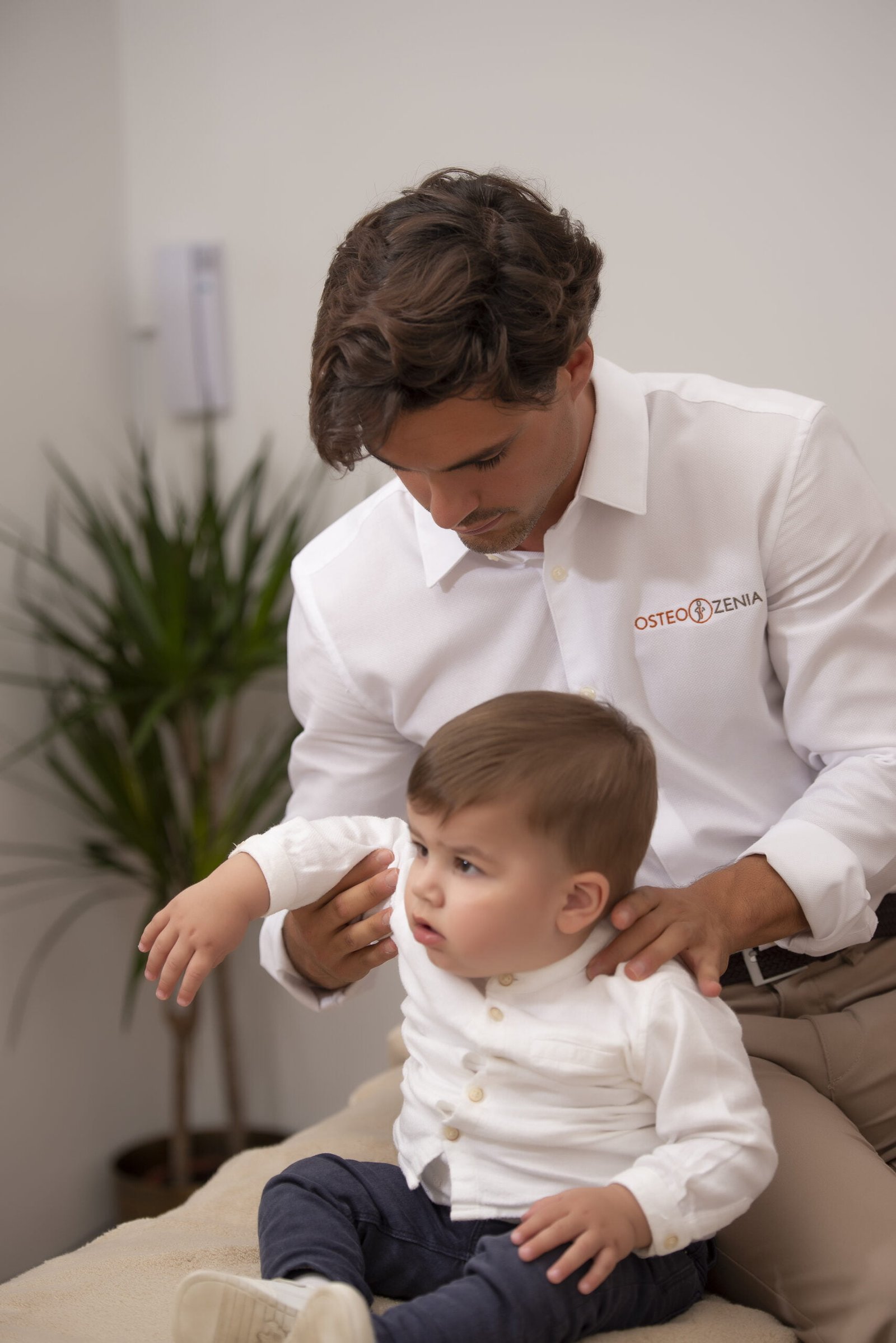
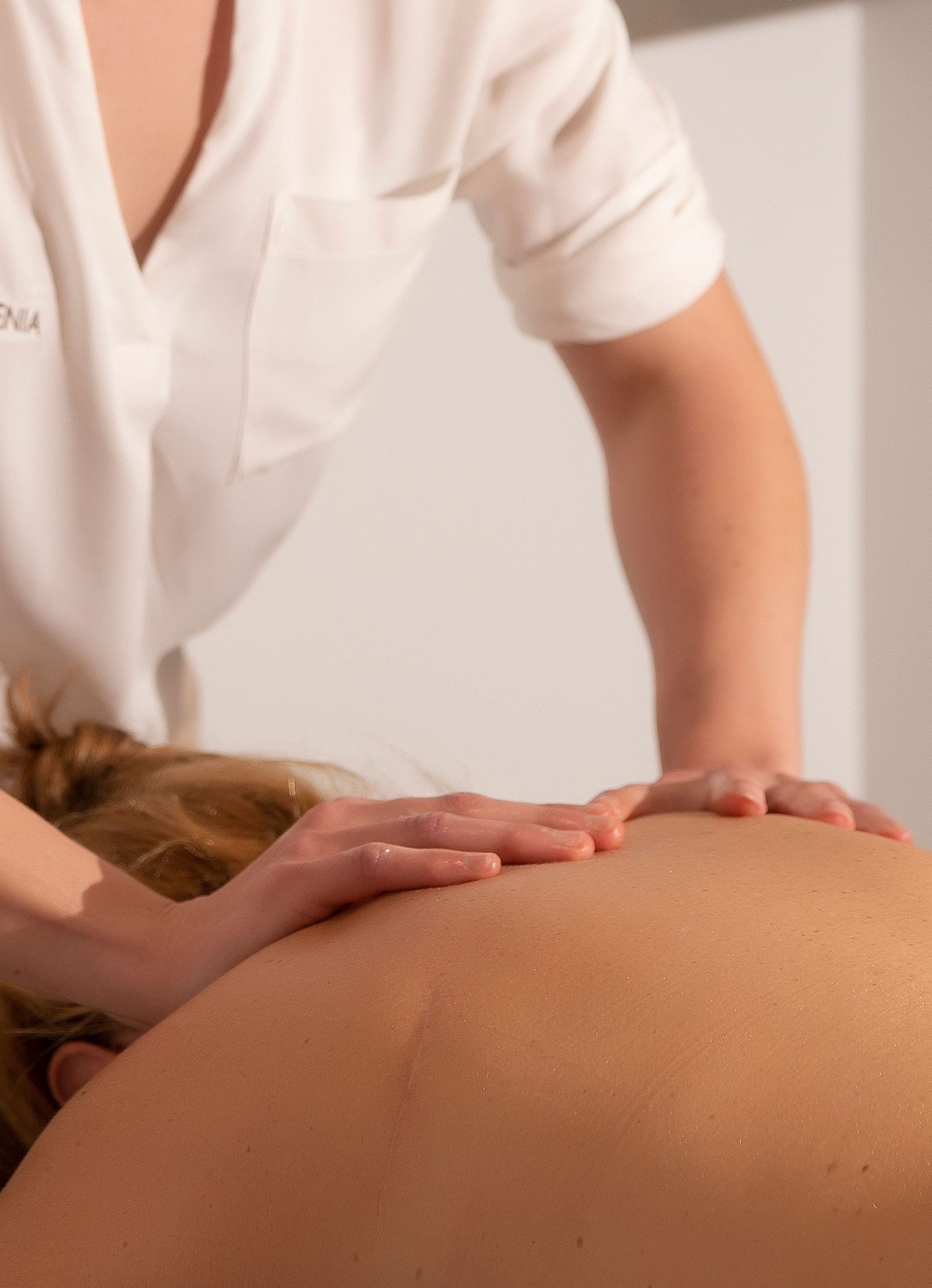
Physiotherapy
Physiotherapy is a health discipline which offers a therapeutic non-pharmaceutical alternative for the treatment of a wide range of both acute and chronic ailments. It is carried out using physical agents such as manual techniques, therapeutic exercise, heat, cold and water.. It is typical in physiotherapy to look for the correct functioning of the different bodily systems where something that is not working properly produces a symptom.
Some of the benefits of physiotherapy
- Pain relief
- Prevention of physical deterioration
- Prevention of injuries
- Recovery speed-up
- Improvement of the basic functions of the organism
Nutrition
Our main objective at Clínica Osteozenia is to develop an exclusive and individual service suitable for each patient, in order for them to obtain a healthy lifestyle. Our priority is to recognise and understand the needs of each person, their objectives, limitations and concerns, in order to identify the perfect health plan and diet for them.
HOW CAN WE HELP YOU?
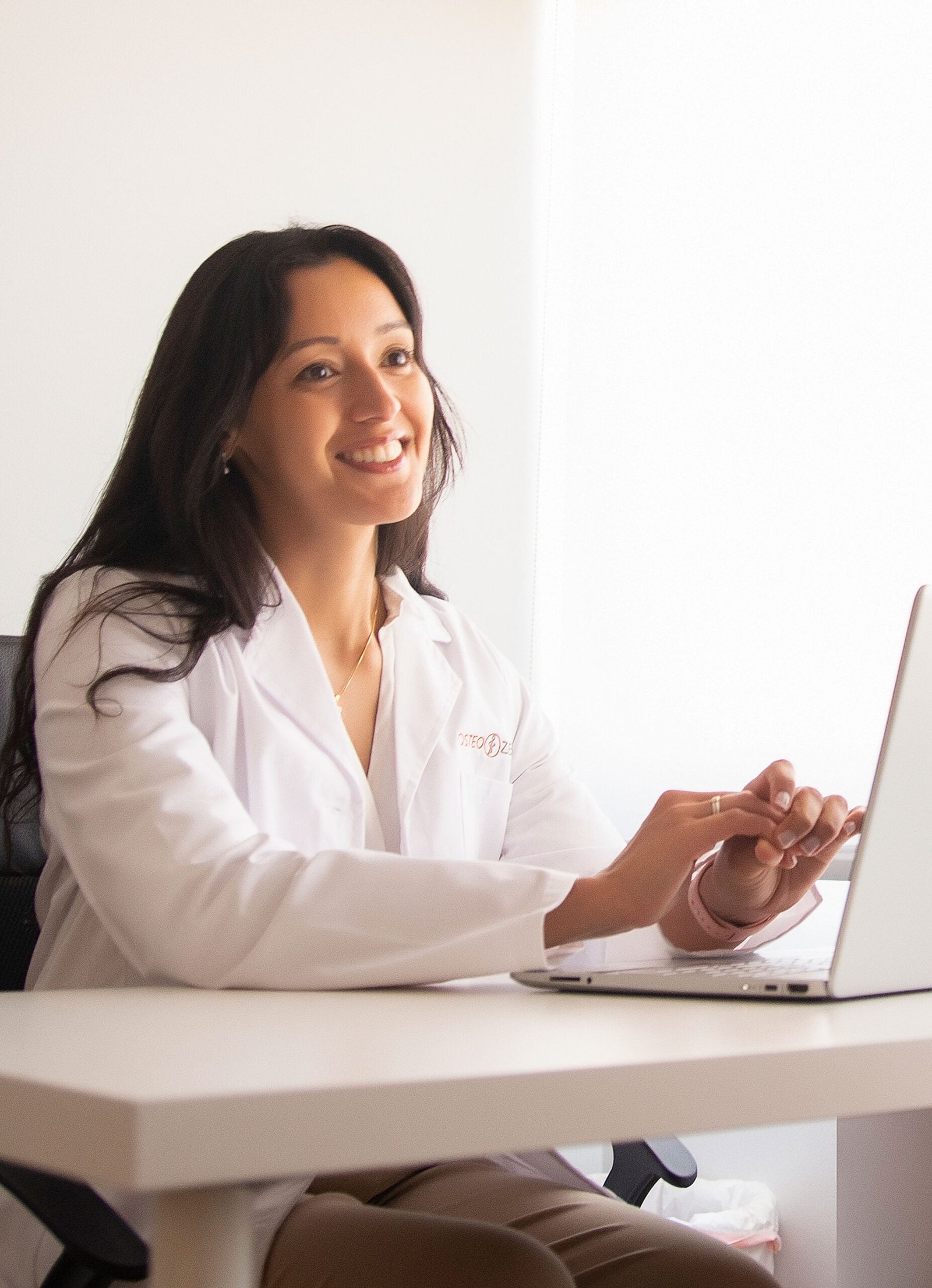
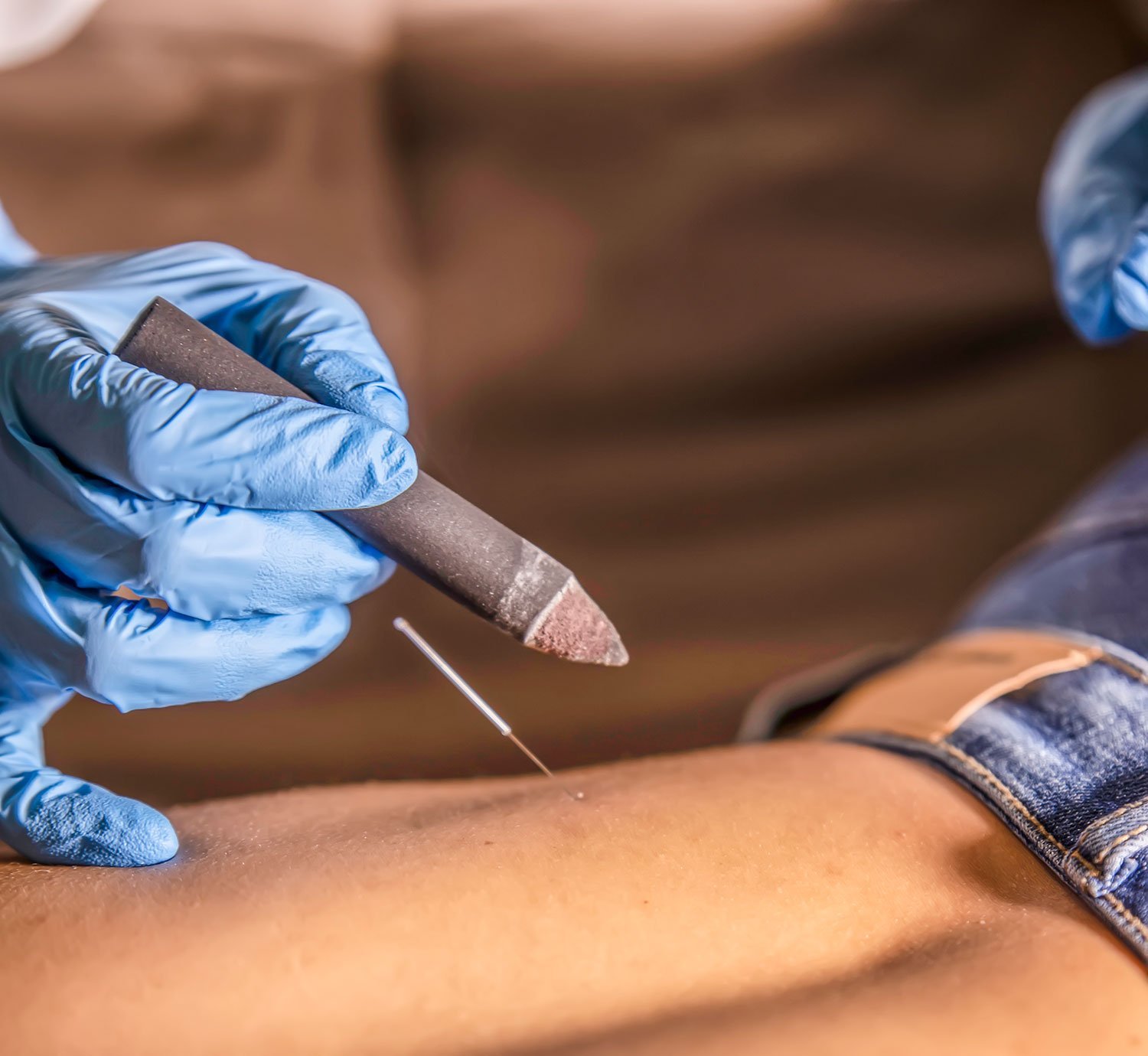
Acupuncture
Acupuncture is a technique for balancing the flow of energy or life force, known as "chi" or "qi", which flows through channels (meridians) in the body. By inserting needles into specific points on these meridians, the flow of energy is balanced, thus restoring the body's energy balance.
Chiromassage.
This therapy is carried out using a manual technique, without any kind of apparatus, and consists of applying different pressures or frictions in order to relieve body ailments and muscular tensions.
Some of the benefits of physiotherapy
- Pain relief
- Prevention of physical deterioration
- Prevention of injuries
- Recovery speed-up
- Improvement of the basic functions of the organism
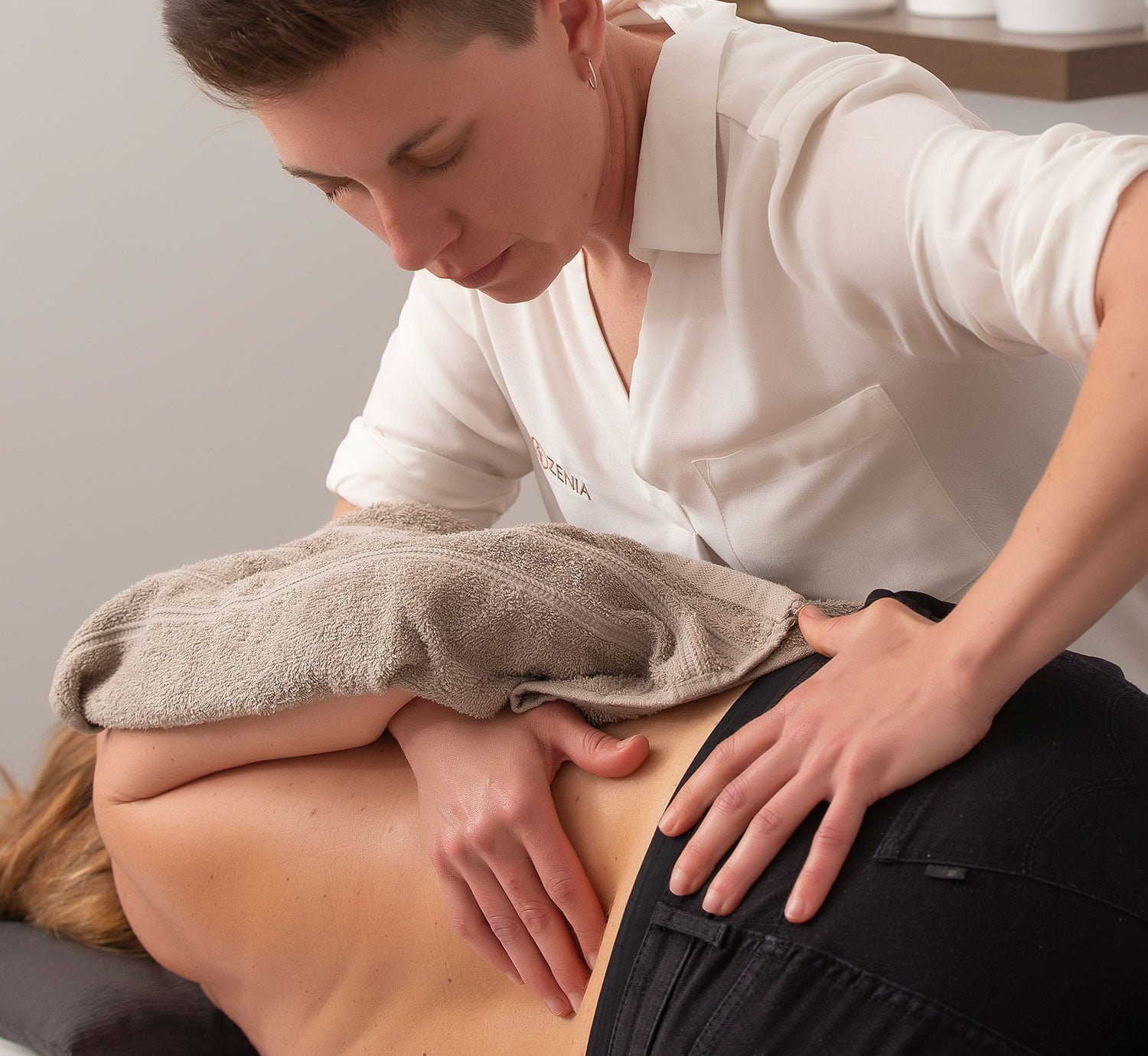
Therapeutic functional movement
Our programme is designed to help improve health and quality of movement. A holistic approach to physical/mental wellness that will help improve the quality of exercise and achieve better results in less time while avoiding the dreaded injuries.
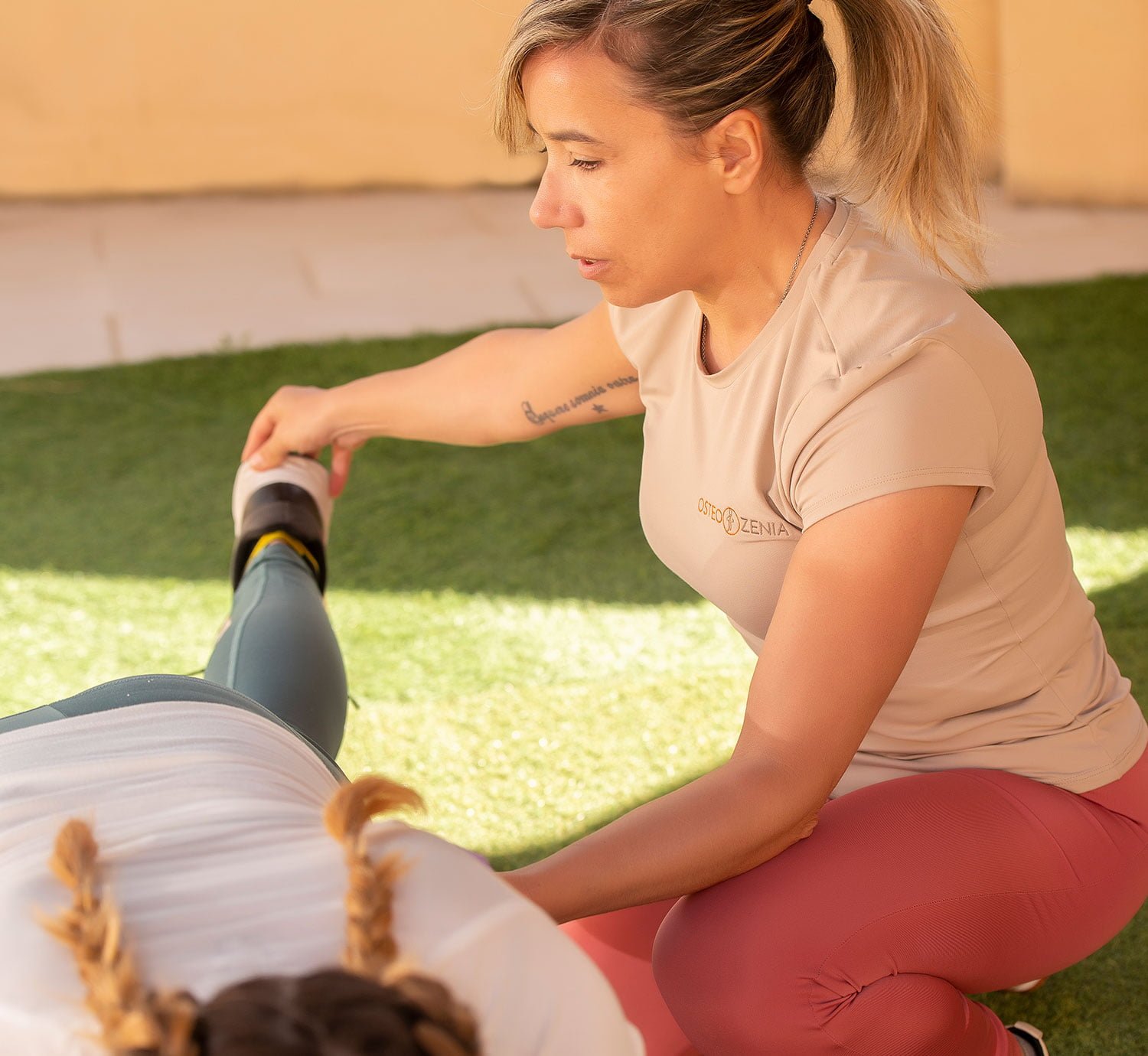

Yoga & Pilates
We have created a fusion of these two modalities, Yoga and Pilates, the best combination to give your body that movement, flexibility and strength, and your mind that much needed relaxation, thus improving your quality of life and well-being. At the same time you will be taking care of your mental health by releasing accumulated stress.
